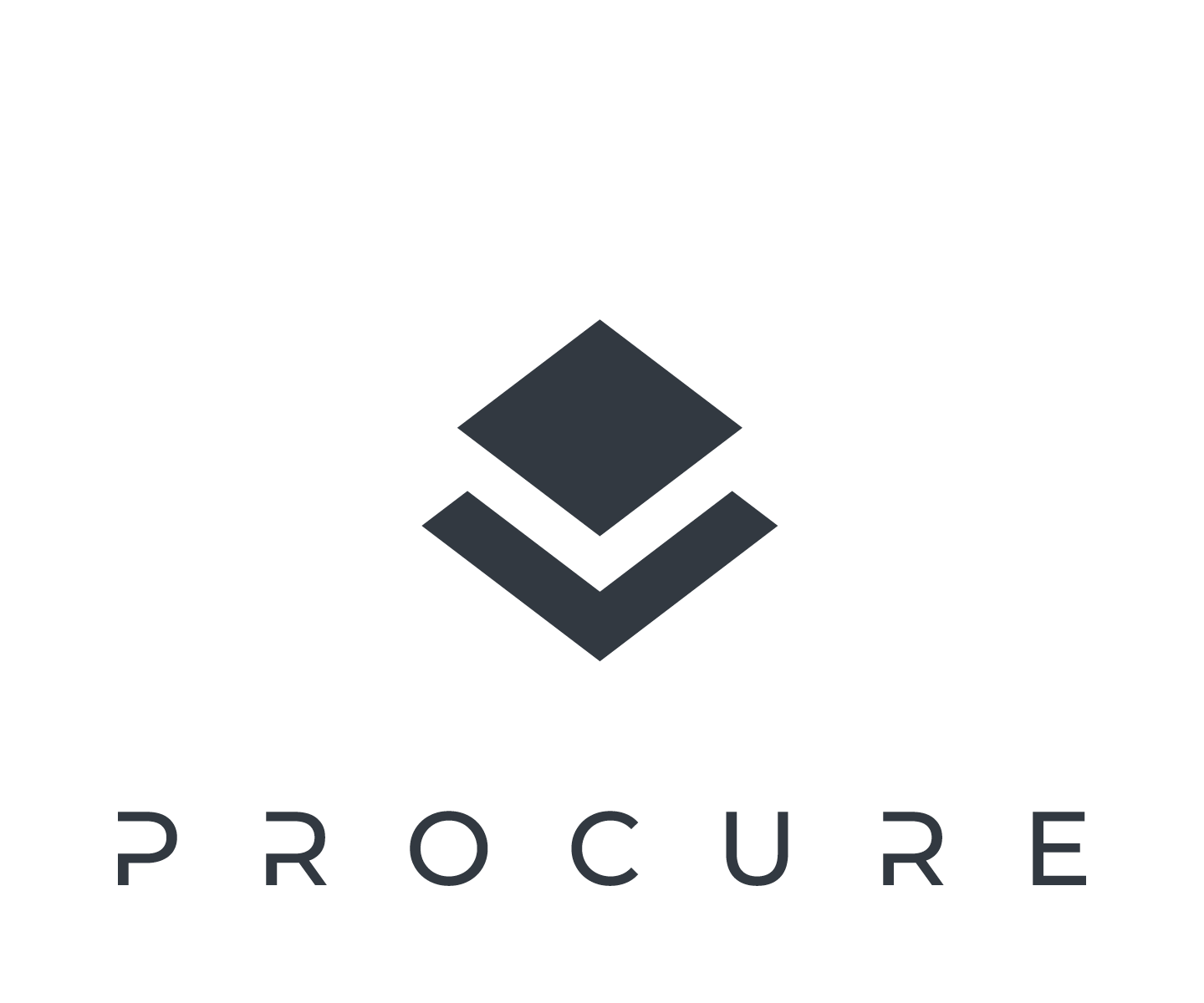Public Procurement
and the Post-COVID Health System
The PROCURE project, a key initiative supported by the European Union, focuses on improving public procurement practices, particularly within the healthcare sector, to ensure resilience in the face of future health crises.
One of the main components of the project is the COVID-19 Crisis Lessons Learnt (TA2), which analyses the lessons from the pandemic.
This initiative brings together contracting authorities, health procurement experts, and stakeholders to identify the challenges faced during the crisis, bottlenecks in procurement processes, and how public procurement procedures can be improved for future emergencies.
In this context, the Common Operational and Innovation Framework (COIF) plays an essential role in shaping best practices for health procurement across European countries. The goal of TA2 is to create a comprehensive framework for public procurement procedures, focusing on efficiency, transparency, and adaptability during emergencies. The leaders of this effort include the National Centralized Health Procurement Authority and the SPITALUL CLINIC JUDETEAN DE URGENTA „SF. SPIRIDON” IASI (SPS), who are working together in this thematic area to ensure that public procurement processes are more agile and responsive during critical times.
This article addresses the key lessons learned from the COVID-19 pandemic and presents proposals for improving public procurement systems, focusing specifically on the European context, particularly Romania and Greece. It highlights the vulnerabilities exposed by the crisis and suggests actionable solutions to strengthen healthcare systems and procurement processes.
Global Lessons Learned
One of the main lessons from the pandemic is the importance of a resilient and adaptable healthcare system. The crisis underscored the urgent need for investments in modern healthcare infrastructure, the digitalisation of services such as telemedicine and electronic health records, ensuring strategic stockpiles of medications and equipment, and improving international coordination in the face of future health emergencies.
The pandemic also demonstrated the necessity for a rapid reaction capacity and prevention strategies. Poor communication and inconsistent strategies negatively impacted the response to the virus, highlighting the need for effective prevention and intervention plans, mass testing and contact tracing, equitable access to vaccines, and strengthened collaboration between governments, the private sector, and international organisations.
Equally critical was the protection of healthcare workers, many of whom were forced to work without adequate protective equipment and endured extreme burnout. Among the proposed solutions are ensuring the availability of sufficient protective equipment, offering psychological support programs, reducing bureaucratic burdens, and providing competitive remuneration and recognition of their efforts.
Lessons from Greece and Romania
In Greece and Romania, the pandemic exposed both weaknesses and strengths in their healthcare systems. On the one hand, weaknesses included outdated hospital infrastructure, the migration of healthcare personnel abroad, and insufficient protection for vulnerable patients. On the other hand, there were strengths, such as the rapid expansion of vaccination and testing centres, support from the private sector through donations, and effective national epidemiological surveillance systems.
The crisis also led to the postponement of treatments for chronic conditions, as the healthcare system became overwhelmed by the immediate needs of COVID-19 patients. Additionally, supply chain issues, such as the failure to fulfil contracts for essential medicines, further strained the systems.
Looking ahead, reforms are necessary to better prepare for future crises. These include institutionalising telemedicine, creating unified electronic health records, investing in artificial intelligence for personalised diagnostics, and reducing bureaucratic barriers in healthcare procedures.
Public Procurement Lessons in Healthcare
The pandemic revealed the need for more agile and transparent public procurement processes. The crisis led to a number of abuses, such as unpublicised negotiations or exceeding legal thresholds in contracts. To address this, digital platforms for real-time procurement management, independent control and auditing mechanisms, and immediate publication of contracts and acquisitions are crucial.
Additionally, it became clear that logistical resilience and strategic stockpiles are vital in ensuring autonomy during emergencies. The creation and maintenance of national medical supplies reserves, favouring local production of equipment, and optimising supply chains are all essential measures for future preparedness.
Furthermore, legislative flexibility during emergencies must allow for rapid responses without causing confusion. Clear and mandatory regulations, fair contractual negotiations, and effective monitoring of public spending are needed to ensure that public procurement can keep pace with the demands of a crisis.
Specialised Analysis and Proposals from the Academic Sphere
The magnitude of the pandemic prompted students and researchers to analyse its impact on public procurement. Various theses and studies examined cases such as Romania, where a lack of personnel and resources hindered the work of internal public audit, allowing for abusive practices to take place.
Some of the proposed solutions include digitalising auditing processes to enable real-time monitoring, establishing clear legislative frameworks for audits during crises, ensuring greater independence for auditors, and fostering collaboration between auditing bodies and anti-corruption agencies.
The experience of the COVID-19 pandemic has provided an opportunity to reflect on the weaknesses of healthcare systems and public procurement mechanisms, and to propose long-lasting solutions. Digitalisation, multisectoral cooperation, legislative reform, and institutional strengthening are key elements in ensuring better preparedness for future health emergencies.

